Favorite Medium: Why I Paint With Acrylic on Canvas
Acrylic paint on canvas has taken my studio by storm. Once I found it there was no going back to some of the other materials that I’ve dabbled with in the past. With so many mediums for an artist to choose from it takes time, trial, and error to find the one that feels right. It can also take lots of experience in one medium to master that and launch you into the exploration of another. In this post, I’ll talk about mediums I’ve used in my painting, drawing and artistic endeavors and why I’ve settled in happily with my acrylics.
WHAT IS “MEDIUM” ANYWAY?
In the art world, the broad use of the word “medium” refers to the substance an artist uses to create a piece of artwork. There are painters, sculptors, photographers, printmakers and each of those groups is considered a medium in, and of, itself. Drill down the meaning of the word medium within each of those artistic categories, and a painter’s medium could be oil, acrylic, watercolor, etc. A sculptor’s medium might be metal, clay, wood, paper, and so on.
Take mediums another step further, and we are referring to what surface or support material a painter might choose to paint on such as canvas, board, paper, etc. One last category for the seemly catchall word “medium” is what an artist uses to alter the paints or surface they choose to work with. A painter may mix a gel medium to the paint to thicken and extend the color then add gesso or molding materials to the canvas for added texture and dimension.
WATER IN MY BACKGROUND
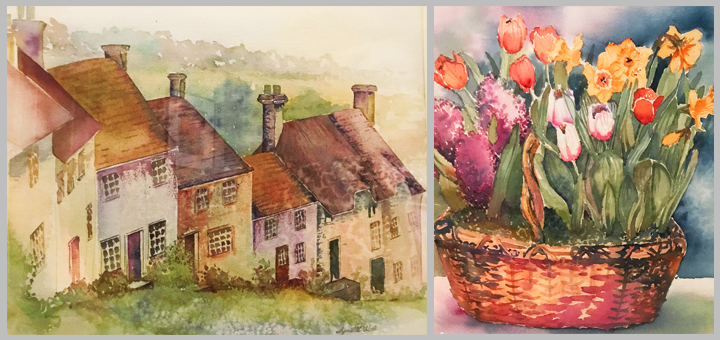
For years my medium of choice was watercolor on paper. I discovered watercolor painting in high school art class during a semester that allowed us to experiment in watercolor, oil, acrylic, charcoal, colored pencil, pastel, and clay. You name it…we created with it. From that point on watercolor was “it” for me. Even with all materials we got to get dirty with during my studies for a Bachelor of Fine Arts degree, I kept coming back to watercolor as my go-to painterly form of expression.
My painting style back then, and until about three years ago, was realistic and considered more representational. I often painted scenes and things from memory if I wasn’t using my own photography as reference. I’m quite sure that my capacity to draw from memory when painting realistically translates well to my current abstract style in the ability to visualize artwork before it manifests on the canvas. It’s just “in there” and my job as an artist is to bring it forth and share it with art lovers!
WHY ACRYLIC AND NOT OIL?
I had not painted for many years as I grew my graphic design business so that part of me was put on hold for quite a while. Color choice, composition, white space, linear form and a number of other aspects in my current abstract paintings would not instinctively happen if not for my years of focus in advertising design. After 20+ years of not painting much, something in me said I had to paint again, but this time it will be large and not small, abstract and not realistic, acrylic and not watercolor.
Acrylic paint makes the most sense to me, as I am a bit impatient at the thought of waiting for oil paint to dry. I love that with acrylic paint I can apply layer on layer of color if I’m in the zone on a piece. If need be, I can pull out the hair dryer to accelerate the drying of a layer and keep the creative process moving. Watercolorists move extremely fast due to the drying time of water and acrylic painting is most similar in techniques to ones I had already developed in that medium.
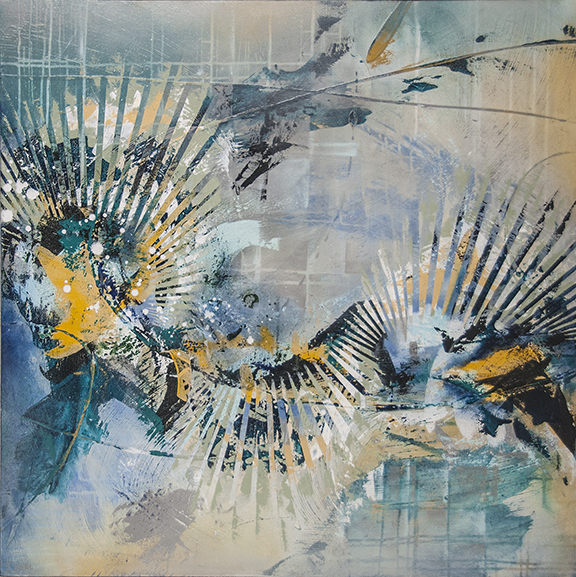
Another reason I prefer acrylic paint is avoiding the use of linseed oil and other solvents, which can make studio environments toxic. Too many artists close themselves into spaces and breath air that is not good for their health. Acrylic paint has its share of heavy metals, but ventilation is not as critical because solvents are not needed for thinning and clean up like they are with oil paint. Part of my painting process is layering on paint and letting pigments drip and bleed before scrubbing part of it off. For that reason, I wear gloves while painting to further limit my exposure to the less toxic acrylic paint.
I varnish my paintings with a mixture of matte and gloss varnish, which oil painters don’t need to do. This application seems to add richness to the colors and sheen enough to emulate more closely the look of oil paints without having to work in oil.
What mediums have you experimented with? What benefits and challenges did you run into while using those mediums? Share your experiences below!

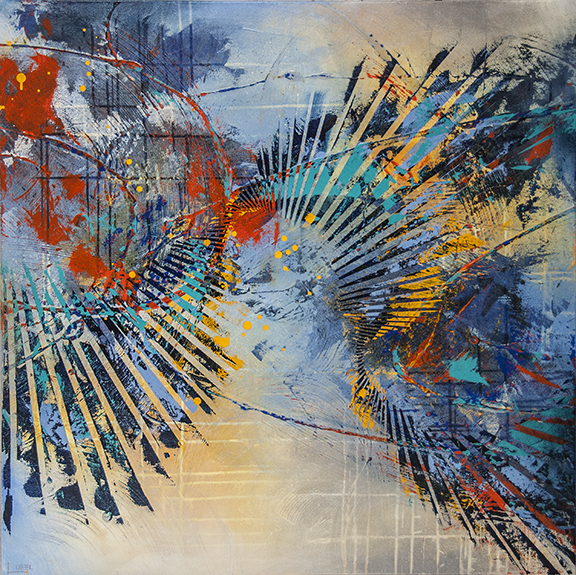
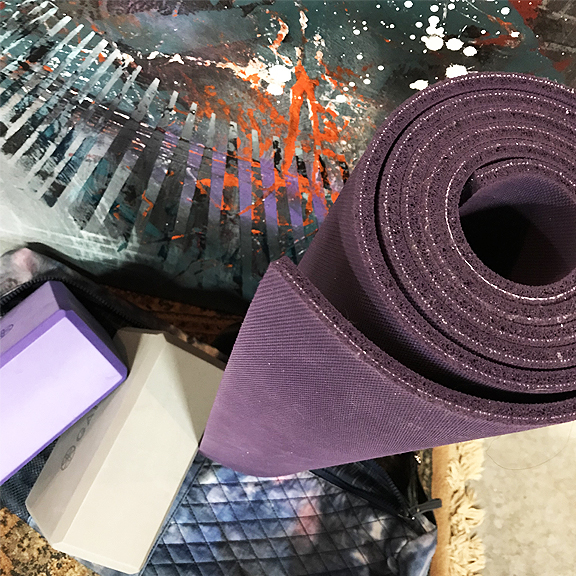
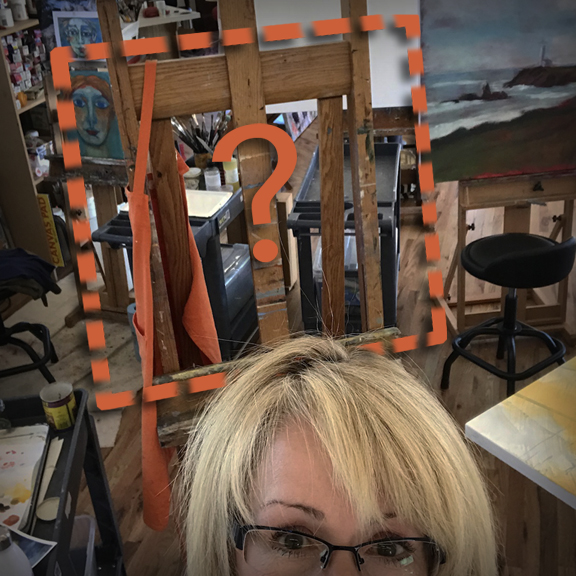
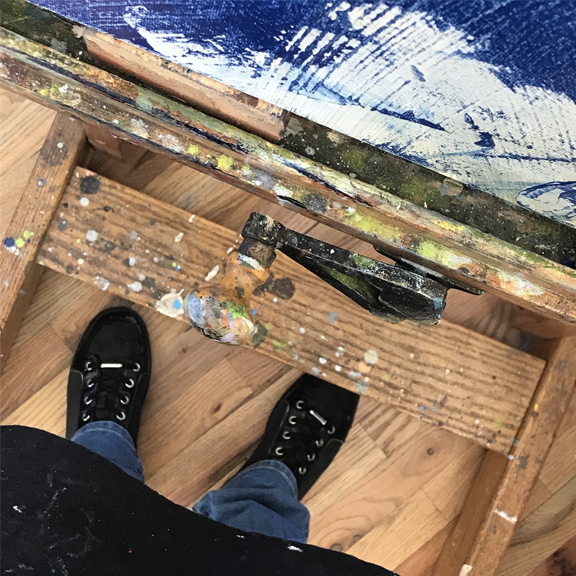
This Post Has 0 Comments